French semi-soft cheeses, a beloved category in the world of cheese, offer a delectable array of flavors, textures, and aromas that captivate cheese connoisseurs worldwide. From the creamy Brie to the nutty Mimolette, each cheese tells a unique story of tradition, craftsmanship, and terroir. Join us on a gastronomic adventure as we explore the rich and diverse landscape of French semi-soft cheeses, delving into their origins, production methods, tasting notes, and more. **1. The Origins of French Semi-Soft Cheeses** France, known as the gastronomic capital of the world, boasts a long and illustrious history of cheese-making. The tradition of crafting semi-soft cheeses dates back centuries, with each region of France contributing its own distinct varieties to the culinary tapestry. From the rolling hills of Normandy to the picturesque valleys of the Alps, French semi-soft cheeses bear the imprint of their unique terroir, reflecting the local climate, soil, and flora. **2. The Art of Cheese-Making: Production Methods** The production of French semi-soft cheeses is a meticulous art that combines time-honored techniques with modern innovations. Typically made from cow’s milk, these cheeses undergo a process of pasteurization, curdling, molding, salting, and aging to develop their characteristic flavors and textures. The use of traditional mold cultures, such as Penicillium candidum and Geotrichum, contributes to the creamy consistency and bloomy rind of cheeses like Camembert and Coulommiers. **3. A Symphony of Flavors: Tasting Notes** French semi-soft cheeses offer a sensory experience like no other, captivating the palate with a symphony of flavors ranging from mild and buttery to bold and pungent. The iconic Brie, with its velvety texture and earthy notes, embodies the essence of French cheese-making, while the fruity Reblochon entices with its nutty undertones and delicate aroma. Whether paired with a crusty baguette, fresh fruits, or a glass of wine, these cheeses elevate any culinary occasion with their sublime taste profiles. **4. The Quintessential French Cheeses** Within the realm of French semi-soft cheeses, certain varieties stand out as iconic representations of the country’s rich dairy heritage. Camembert, a staple in every cheese platter, exudes a creamy texture and mushroomy flavor that encapsulates the essence of Normandy. Pont-l’Évêque, with its orange rind and tangy taste, offers a bold alternative for cheese lovers seeking a more robust palate. Additionally, Tomme de Savoie, hailing from the Alpine region, charms with its nutty nuances and silky finish, making it a versatile choice for an array of culinary creations. **5. Pairing and Serving Suggestions** When it comes to savoring French semi-soft cheeses, the art of pairing and serving plays a crucial role in enhancing the overall tasting experience. Opt for a combination of contrasting flavors and textures, such as pairing a creamy Brie with a crisp apple or a nutty Mimolette with a drizzle of honey. Additionally, consider serving these cheeses at room temperature to allow their complex flavors to fully develop, ensuring a delightful sensory journey for your taste buds. **6. Culinary Uses and Recipe Inspiration** French semi-soft cheeses lend themselves to a myriad of culinary applications, adding a touch of sophistication to both savory and sweet dishes. From decadent macaroni and cheese featuring gooey Camembert to luscious grilled cheese sandwiches with melty Reblochon, the possibilities are endless. For a simple yet elegant dessert, try melting Pont-l’Évêque over a warm baguette and topping it with fig jam for a sweet and savory treat that is sure to impress. **7. Exploring the World of Affinage and Aging** A crucial stage in the production of French semi-soft cheeses is the process of affinage, or aging, which allows the flavors and textures of the cheese to mature and intensify over time. Cheesemongers carefully monitor the aging process, adjusting temperature and humidity levels to ensure optimal conditions for the cheese to develop its full potential. The length of aging varies depending on the type of cheese, with some varieties maturing for a few weeks, while others undergo months of aging to achieve their desired taste profile. **8. Sustainability and Traditional Practices** In an era of increasing focus on sustainability and environmental conservation, many producers of French semi-soft cheeses are embracing traditional practices that prioritize animal welfare, land stewardship, and biodiversity. By supporting small-scale artisanal cheese-makers who adhere to organic farming methods and ethical production standards, consumers can enjoy high-quality cheeses that are not only delicious but also produced in a manner that respects the environment and supports local communities. **9. The Future of French Semi-Soft Cheeses** As the appreciation for artisanal and handcrafted foods continues to grow, the future of French semi-soft cheeses appears bright and promising. With a newfound emphasis on quality, authenticity, and sustainability, cheese-makers are innovating and experimenting with new flavors, techniques, and aging methods to push the boundaries of traditional cheese-making. By celebrating the diversity and richness of French semi-soft cheeses, we can preserve and promote these culinary treasures for generations to come. In conclusion, French semi-soft cheeses embody the essence of gastronomic excellence, with their rich flavors, creamy textures, and centuries-old traditions captivating cheese enthusiasts around the globe.

.
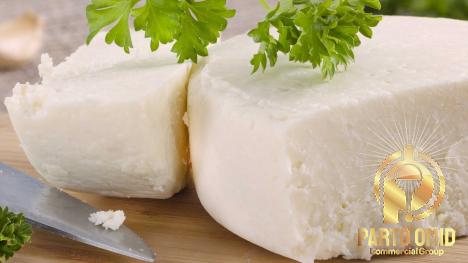 Whether enjoyed on their own, paired with complementary ingredients, or incorporated into creative recipes, these cheeses offer a sensory journey that delights the palate and nourishes the soul. So next time you indulge in a piece of creamy Brie or tangy Tomme de Savoie, savor the moment and immerse yourself in the delightful world of French semi-soft cheeses. Bon appétit! ### Exploring the Diversity of French Semi-Soft Cheeses French semi-soft cheeses are a treasure trove of diversity, with each region of France contributing its own unique flavors and characteristics to the cheese-making tradition. Let’s delve deeper into some lesser-known varieties that showcase the richness and complexity of this category: **1. Brillat-Savarin:** Named after the famous gastronome Jean Anthelme Brillat-Savarin, this decadent triple-cream cheese hails from the Burgundy region. With a high butterfat content and a luxurious texture, Brillat-Savarin delights the palate with its rich and buttery flavor. Perfect for pairing with champagne and fresh berries, this cheese is a luxurious indulgence that embodies the essence of French culinary elegance. **2. Saint-Félicien:** Originating from the Rhône-Alpes region, Saint-Félicien is a soft and creamy cheese with a delicate bloomy rind. Made from cow’s milk, this cheese offers a mild and milky flavor profile with hints of mushrooms and earthiness. Ideal for spreading on crusty bread or melting into gratins, Saint-Félicien is a versatile choice for both savory and sweet dishes.
Whether enjoyed on their own, paired with complementary ingredients, or incorporated into creative recipes, these cheeses offer a sensory journey that delights the palate and nourishes the soul. So next time you indulge in a piece of creamy Brie or tangy Tomme de Savoie, savor the moment and immerse yourself in the delightful world of French semi-soft cheeses. Bon appétit! ### Exploring the Diversity of French Semi-Soft Cheeses French semi-soft cheeses are a treasure trove of diversity, with each region of France contributing its own unique flavors and characteristics to the cheese-making tradition. Let’s delve deeper into some lesser-known varieties that showcase the richness and complexity of this category: **1. Brillat-Savarin:** Named after the famous gastronome Jean Anthelme Brillat-Savarin, this decadent triple-cream cheese hails from the Burgundy region. With a high butterfat content and a luxurious texture, Brillat-Savarin delights the palate with its rich and buttery flavor. Perfect for pairing with champagne and fresh berries, this cheese is a luxurious indulgence that embodies the essence of French culinary elegance. **2. Saint-Félicien:** Originating from the Rhône-Alpes region, Saint-Félicien is a soft and creamy cheese with a delicate bloomy rind. Made from cow’s milk, this cheese offers a mild and milky flavor profile with hints of mushrooms and earthiness. Ideal for spreading on crusty bread or melting into gratins, Saint-Félicien is a versatile choice for both savory and sweet dishes.
..
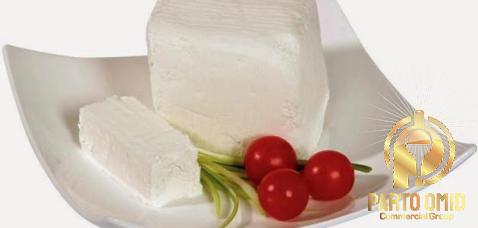 **3. Chaource:** Hailing from the Champagne-Ardenne region, Chaource is a semi-soft cheese with a distinctive wrinkled rind and a creamy interior. Known for its lactic and tangy flavors, Chaource pairs beautifully with sparkling wines and sweet fruits, creating a harmonious balance of tastes and textures. Whether enjoyed as part of a cheese board or incorporated into decadent desserts, Chaource is a versatile cheese that adds a touch of sophistication to any culinary creation. **4. Délice de Bourgogne:** This triple-cream cheese from the Burgundy region is a decadent indulgence that captivates cheese lovers with its velvety texture and creamy flavor profile. With a high butterfat content and a rich taste reminiscent of crème fraîche, Délice de Bourgogne is a luxurious treat that pairs perfectly with crusty bread, honey, and dried fruits. Whether served as a standalone delight or incorporated into gourmet recipes, this cheese is a true testament to the artistry of French cheese-making. **5. Livarot:** Known as the “Colonel” due to the five strips of raffia that encircle its washed rind, Livarot is a pungent and robust cheese originating from Normandy. With a tangy and earthy flavor profile, this semi-soft cheese offers a complex taste experience that evolves with age. Often enjoyed with hearty bread and crisp apples, Livarot is a cheese that appeals to those who appreciate bold and assertive flavors in their culinary adventures. **6. Ami du Chambertin:** Originating from the Burgundy region, Ami du Chambertin is a semi-soft cheese that pays tribute to the famed wine of the same name. With a creamy texture and a rich flavor profile featuring notes of mushrooms and cellar, this cheese is a delightful pairing companion for robust red wines and crusty baguettes. Whether savored on its own or incorporated into gourmet dishes, Ami du Chambertin is a cheese that evokes the essence of French gastronomy and terroir. **7. Banon:** Hailing from the Provence-Alpes-Côte d’Azur region, Banon is a unique cheese wrapped in chestnut leaves that impart a distinct aroma and flavor to the cheese. Made from goat’s milk and aged in a humid environment, Banon offers a tangy and earthy taste profile with herbal undertones. As one of the oldest traditional French cheeses, Banon is steeped in history and culinary heritage, making it a valuable addition to any cheese connoisseur’s collection.
**3. Chaource:** Hailing from the Champagne-Ardenne region, Chaource is a semi-soft cheese with a distinctive wrinkled rind and a creamy interior. Known for its lactic and tangy flavors, Chaource pairs beautifully with sparkling wines and sweet fruits, creating a harmonious balance of tastes and textures. Whether enjoyed as part of a cheese board or incorporated into decadent desserts, Chaource is a versatile cheese that adds a touch of sophistication to any culinary creation. **4. Délice de Bourgogne:** This triple-cream cheese from the Burgundy region is a decadent indulgence that captivates cheese lovers with its velvety texture and creamy flavor profile. With a high butterfat content and a rich taste reminiscent of crème fraîche, Délice de Bourgogne is a luxurious treat that pairs perfectly with crusty bread, honey, and dried fruits. Whether served as a standalone delight or incorporated into gourmet recipes, this cheese is a true testament to the artistry of French cheese-making. **5. Livarot:** Known as the “Colonel” due to the five strips of raffia that encircle its washed rind, Livarot is a pungent and robust cheese originating from Normandy. With a tangy and earthy flavor profile, this semi-soft cheese offers a complex taste experience that evolves with age. Often enjoyed with hearty bread and crisp apples, Livarot is a cheese that appeals to those who appreciate bold and assertive flavors in their culinary adventures. **6. Ami du Chambertin:** Originating from the Burgundy region, Ami du Chambertin is a semi-soft cheese that pays tribute to the famed wine of the same name. With a creamy texture and a rich flavor profile featuring notes of mushrooms and cellar, this cheese is a delightful pairing companion for robust red wines and crusty baguettes. Whether savored on its own or incorporated into gourmet dishes, Ami du Chambertin is a cheese that evokes the essence of French gastronomy and terroir. **7. Banon:** Hailing from the Provence-Alpes-Côte d’Azur region, Banon is a unique cheese wrapped in chestnut leaves that impart a distinct aroma and flavor to the cheese. Made from goat’s milk and aged in a humid environment, Banon offers a tangy and earthy taste profile with herbal undertones. As one of the oldest traditional French cheeses, Banon is steeped in history and culinary heritage, making it a valuable addition to any cheese connoisseur’s collection.
…
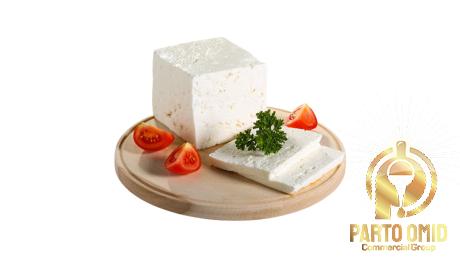 **8. Tête de Moine:** Originating from the Jura region, Tête de Moine is a semi-soft cheese that is traditionally served in thin shavings using a special tool called a “girolle.” With a dense and nutty flavor profile, this cheese unfolds its unique taste experience as it is thinly sliced, allowing the aromas to fully blossom. Ideal for pairing with dried fruits and nuts, Tête de Moine is a cheese that invites exploration and discovery, revealing new nuances with each bite. **9. Exploring Pairing Possibilities** When it comes to pairing French semi-soft cheeses with beverages, a world of possibilities unfolds. Consider matching the creamy and buttery Brillat-Savarin with a crisp Chardonnay or the tangy Livarot with a robust Belgian ale. For a sweeter pairing, opt for the nutty Tête de Moine with a glass of fortified wine or the earthy Chaource with a sparkling rosé. By experimenting with different combinations, you can elevate the tasting experience and discover new dimensions of flavor harmony. **10. Embracing the Art of Cheese Appreciation** As you embark on a culinary journey through the world of French semi-soft cheeses, take the time to savor each bite and appreciate the craftsmanship and artistry that goes into producing these exquisite delicacies. Whether enjoyed in a casual picnic setting or an elaborate gourmet meal, French cheeses offer a sensory experience that awakens the senses and celebrates the richness of gastronomic traditions. By exploring the diverse flavors, textures, and aromas of French semi-soft cheeses, you can embark on a voyage of discovery that enriches your palate and deepens your appreciation for the art of cheese-making. In essence, French semi-soft cheeses are a testament to the rich cultural heritage and culinary excellence of France, embodying the essence of terroir, tradition, and craftsmanship in each delectable bite. Whether you are a seasoned cheese aficionado or a novice exploring the world of artisanal cheeses, French semi-soft cheeses offer a delightful array of flavors and textures that beckon you to indulge in the pleasures of the table. So, raise a glass of your favorite wine, select a sampling of creamy cheeses, and embark on a journey of gastronomic discovery that will leave you craving for more. Bon appétit!
**8. Tête de Moine:** Originating from the Jura region, Tête de Moine is a semi-soft cheese that is traditionally served in thin shavings using a special tool called a “girolle.” With a dense and nutty flavor profile, this cheese unfolds its unique taste experience as it is thinly sliced, allowing the aromas to fully blossom. Ideal for pairing with dried fruits and nuts, Tête de Moine is a cheese that invites exploration and discovery, revealing new nuances with each bite. **9. Exploring Pairing Possibilities** When it comes to pairing French semi-soft cheeses with beverages, a world of possibilities unfolds. Consider matching the creamy and buttery Brillat-Savarin with a crisp Chardonnay or the tangy Livarot with a robust Belgian ale. For a sweeter pairing, opt for the nutty Tête de Moine with a glass of fortified wine or the earthy Chaource with a sparkling rosé. By experimenting with different combinations, you can elevate the tasting experience and discover new dimensions of flavor harmony. **10. Embracing the Art of Cheese Appreciation** As you embark on a culinary journey through the world of French semi-soft cheeses, take the time to savor each bite and appreciate the craftsmanship and artistry that goes into producing these exquisite delicacies. Whether enjoyed in a casual picnic setting or an elaborate gourmet meal, French cheeses offer a sensory experience that awakens the senses and celebrates the richness of gastronomic traditions. By exploring the diverse flavors, textures, and aromas of French semi-soft cheeses, you can embark on a voyage of discovery that enriches your palate and deepens your appreciation for the art of cheese-making. In essence, French semi-soft cheeses are a testament to the rich cultural heritage and culinary excellence of France, embodying the essence of terroir, tradition, and craftsmanship in each delectable bite. Whether you are a seasoned cheese aficionado or a novice exploring the world of artisanal cheeses, French semi-soft cheeses offer a delightful array of flavors and textures that beckon you to indulge in the pleasures of the table. So, raise a glass of your favorite wine, select a sampling of creamy cheeses, and embark on a journey of gastronomic discovery that will leave you craving for more. Bon appétit!
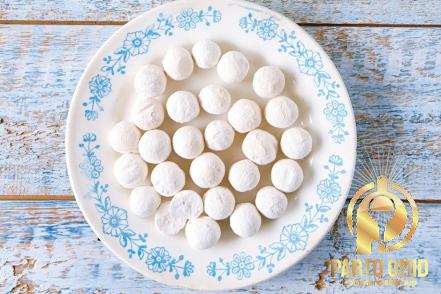
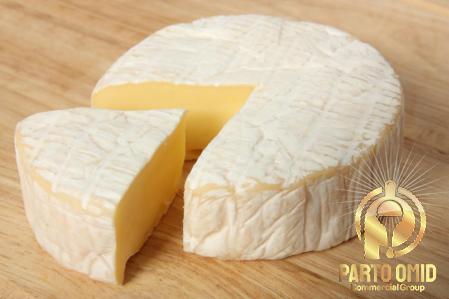
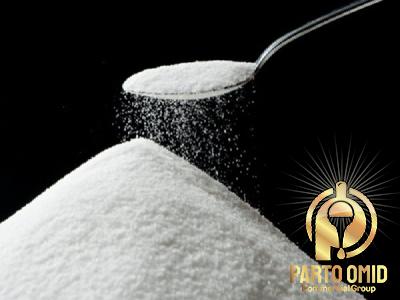
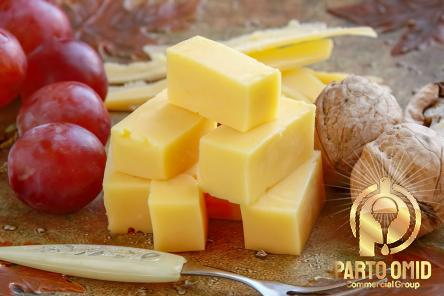
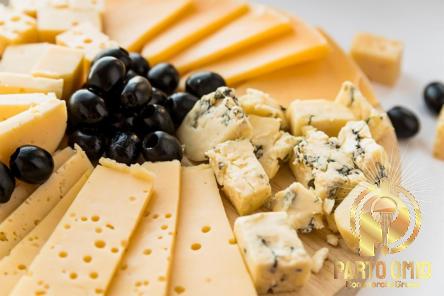
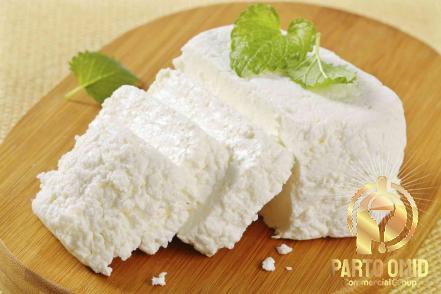
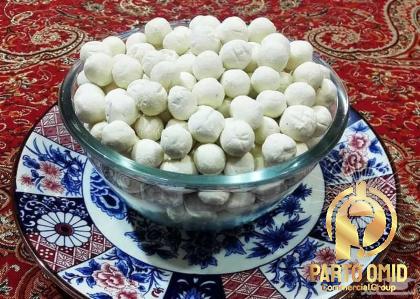

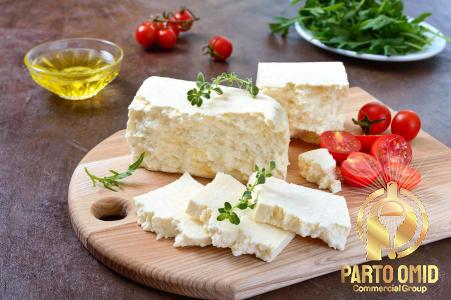
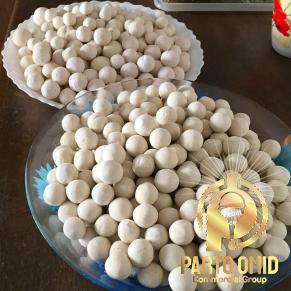
Your comment submitted.